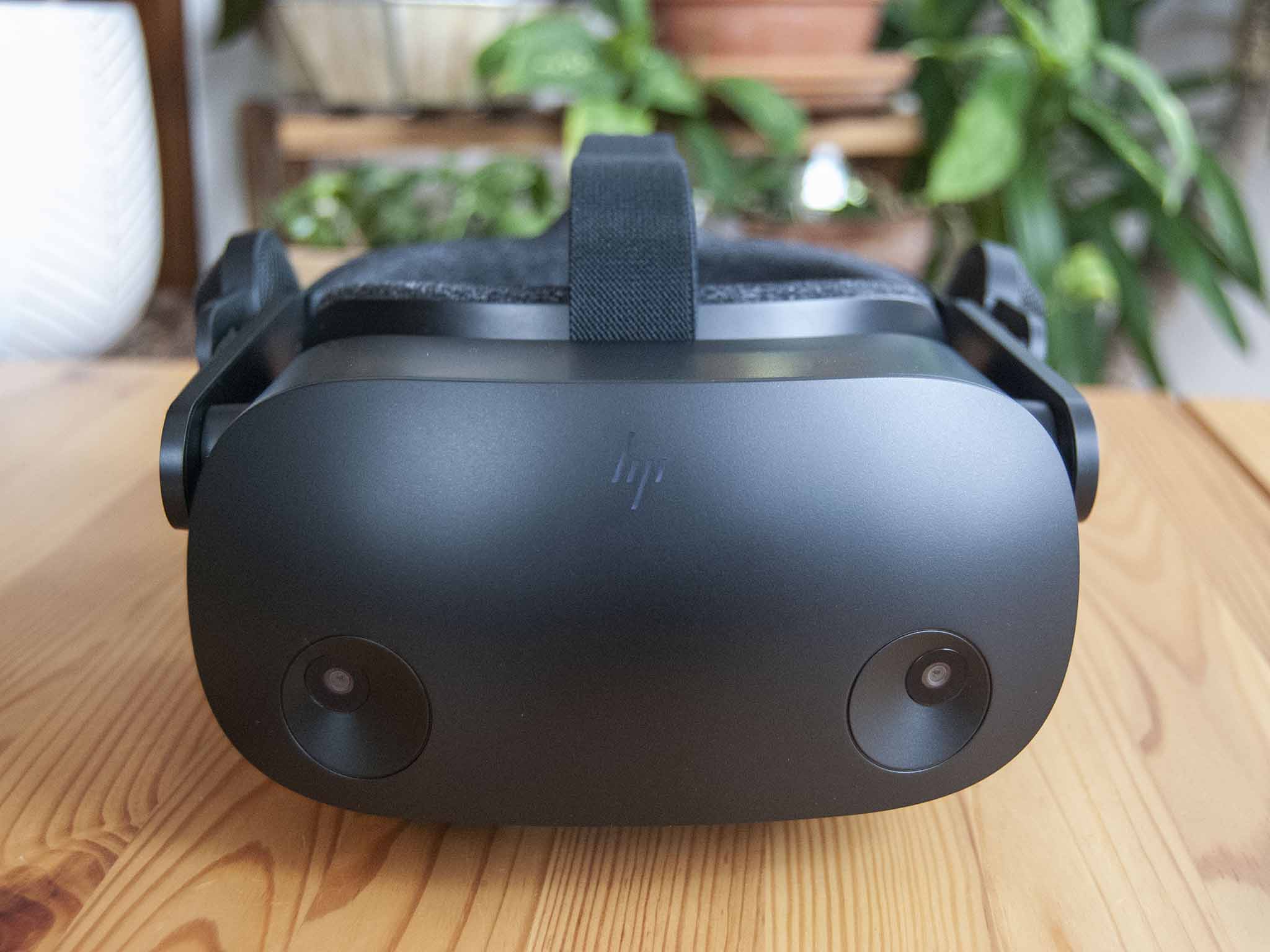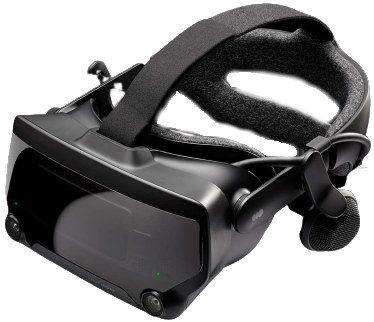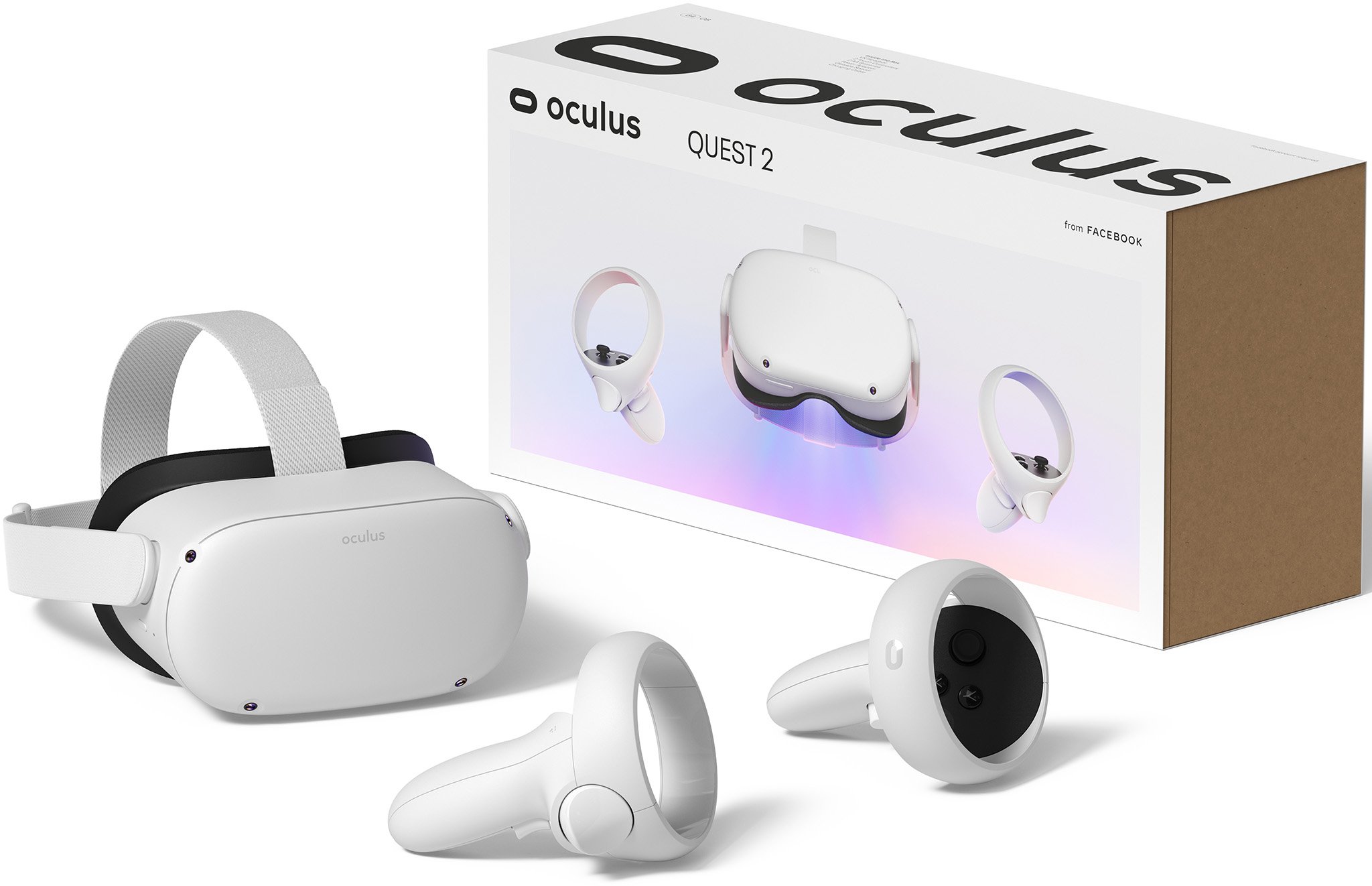
Best
VR headset for Microsoft Flight Simulator
Windows Central
2021
Microsoft Flight Simulator now supports virtual reality, and the best VR headsets for Flight Simulator can turn the game into something completely new. Want to feel like you’re actually inside the cockpit of whatever plane you’re piloting? Yeah, you need to get into VR. Luckily, we’ve rounded up the best options right here.
Best overall: Valve Index
Source: Valve
Valve’s Index system is currently the pinnacle of VR. It might not have the same visual fidelity as the HP Reverb G2 — check out our Valve Index vs. HP Reverb G2 article for more info — and it might not offer as much freedom as the Oculus Quest 2. However, the combination of precision tracking, comfortable headset, and seamless Steam integration makes it a coveted item.
It has dual 3.5-inch LCD displays with a combined resolution of 2880×1600, which is around 1600×1440 per eye. The field of view is a wide 130 degrees, and the refresh rate can hit up to 144Hz. These are some beefy specs achieved with the help of the best desktop PCs for VR.
The Index has a manual interpupillary distance (IPD) adjustment slider as well as adjustable eye relief, both in an attempt to cater to as many people as possible. The headset’s harness has multiple adjustable points so that you can get a comfy fit, and there is high-quality built-in audio. Two base stations handle precision tracking, and the Index motion controllers are the best available. Of course, you might want to check out the best joysticks and flight sticks for Flight Simulator instead.
The Index is available as a complete package for about $1,000, but you can also piece out the purchase if you have existing Vive hardware. This is an expensive way to go, but it’s going to ultimately deliver the most thorough VR experience inside and outside of Flight Simulator.
Pros:
- Impressive display aimed to work for most people
- Natural and realistic hand tracking
- Comfortable fit with plenty of padding
- Precision motion tracking with SteamVR 2.0 base stations
- Tons of content through SteamVR
Cons:
- High VR cost is on top of PC cost
- Not very portable
Best visuals: HP Reverb G2

Source: Windows Central
Whereas the Valve Index is a more complete package with external tracking and the best motion controllers around, the HP Reverb G2 focuses heavily on the headset experience. If you’re sitting at a desk with your hands on the best yoke for Microsoft Flight Simulator, this might be all that matters.
The Reverb G2 has dual 2.89-inch LCD displays, each with a resolution of 2160×2160. That’s a combined 4320×2160 resolution, which completely blows the Index away. IPD adjustments are manual, allowing you to get a great viewing experience.
HP actually updated its Reverb G2 late 2021, adding a new face gasket for eye relief adjustments and broader FOV, as well as better controller tracking. The “G2-V2” (as many are calling it) also received a new cable with updated link box and better compatibility with AMD systems. The native FOV is a bit narrower than the Index at around 90 degrees and the refresh rate tops out at 90Hz; still, these specs require a powerful PC to achieve.
Valve actually helped HP design the Reverb G2, so the harness and audio system is familiar to Index users. You’re going to get great sound from the built-in headphones, and the straps are adjustable for extra comfort. There’s no light bleed around the face gasket, and there’s plenty of padding.
The drawback to the Reverb G2 is its motion controllers. They’re not nearly as intuitive as the Index controllers, and they rely on inside-out tracking from the headset. As mentioned, though, you might not be using the controllers much if you’re focusing on Flight Simulator. If you just want the best visuals to experience the world from the air, this is the way to go.
Pros
- Spectacular visual experience
- Robust audio
- Comfortable, tight fit
- Full compatibility with SteamVR
- 20-foot tether cable
Cons
- Controllers could be way better
- FOV could be wider
- Motion tracking is spotty
Best value: Oculus Quest 2

Source: Nick Sutrich / Windows Central
The Oculus Quest 2 — now known as the Meta Quest 2 after Facebook decided to change its name — sets itself apart from the other VR headsets in this collection with the ability to operate without a PC. It packs in a Snapdragon XR2 processor, 6GB of RAM, and up to 256GB of storage right inside the head-mounted display (HMD). At the front is an LCD display with 1832×1920 resolution per eye, and a built-in battery lasts about two or three hours before needing a charge.
Since we’re focusing on Flight Simulator, you’ll want to add Oculus Link to the package. It’s a specialized USB-C cable that allows you to tether the Quest 2 to your PC, essentially turning it into an Oculus Rift. You’ll get access to Oculus and Steam game libraries, as well as full compatibility with the VR side of Flight Sim.
The Quest 2 comes with updated Oculus Touch motion controllers that rely on inside-out tracking from the headset. They’re comfortable and provide touch-capacitive sensors for a realistic feel. There are a few downsides to the Quest 2. You need a Facebook account to use it, and there’s no manual IPD adjustment. However, if you want an untethered experience that can double up as a VR system for Flight Simulator, this is the way to go.
Pros
- Excellent performance from built-in CPU
- Impressive display clarity
- Affordable price
- Very portable
- Can connect to your PC
Cons
- Forced Facebook login
- Disappointing battery life
- No manual IPD adjustments
Bottom line
Microsoft Flight Simulator is truly a futuristic gaming experience, made only better with a VR headset. Instead of staring into a monitor, you can inject yourself into a pilot’s chair and take a good look around while you fly across the world. Adding VR to Flight Simulator takes an already PC-intensive game and ramps things up. If you need an upgrade, be sure to check out the best pre-built gaming PCs for Flight Simulator as well as the best gaming laptops for Flight Simulator.
If you already have a gaming PC but haven’t given it any love in a few years, something from our collection of the best graphics cards can add some much-needed power. Stock shortages are still causing issues, but you might get lucky and find something that’s not being scalped for an obscene price.
Any of the above VR headsets will do a great job of wowing you within the game, but the Valve Index is the best full system available right now. Visuals, audio, controls, and tracking all come together to create something special, and it will be a literal game-changer for all PC activities. If you want the absolute best, this is it.
However, if you’re focusing exclusively on Flight Simulator and don’t care as much about external tracking and motion controllers, the HP Reverb G2-V2 makes a strong case. It delivers the best visual fidelity I’ve ever seen and will turn the streamed world of Flight Simulator into a proper treat.
Credits — The team that worked on this guide
Cale Hunt is a staff writer at Windows Central. He focuses mainly on PC, laptop, and accessory coverage, as well as the emerging world of VR. He is an avid PC gamer and multi-platform user and spends most of his time either tinkering with or writing about tech.

Sean Endicott is an app enthusiast even though he used Windows Phone for years. He’s on an eternal quest to convert every element of his home into something he can control from his phone. Oh, yeah. He’s also fanatic about VR, especially the Oculus Quest.
We may earn a commission for purchases using our links. Learn more.

These are the best Netgear routers available now
Love Netgear and want to improve your home internet? We’ve rounded up the best routers available now, whether you’re looking to game, set up a mesh network, or just enjoy lag-free internet in your home.


